Posted Dec 31, By Jinn
Namtech Chính Thức Gia Nhập BNI – Cơ Hội Kết Nối và Phát Triển Bền Vững
Ngày 30/12/2024, Namtech tự hào thông báo về việc chính thức trở thành thành viên mới của tổ ch�...
Menu
Posted Apr 4, By Admin

Many people tend to equate Omnichannel Marketing with Multichannel marketing, using both terms interchangeably. But is this really accurate? Multichannel and Omnichannel Marketing: Which is the Right Choice for Your Brand? Let's find out with Namtech in this blog.
Today, many brands aim to reach and engage users through various touchpoints. This strategy, known as Multichannel Marketing, allows businesses to connect with customers across multiple channels, from social media to email to the company's official website.
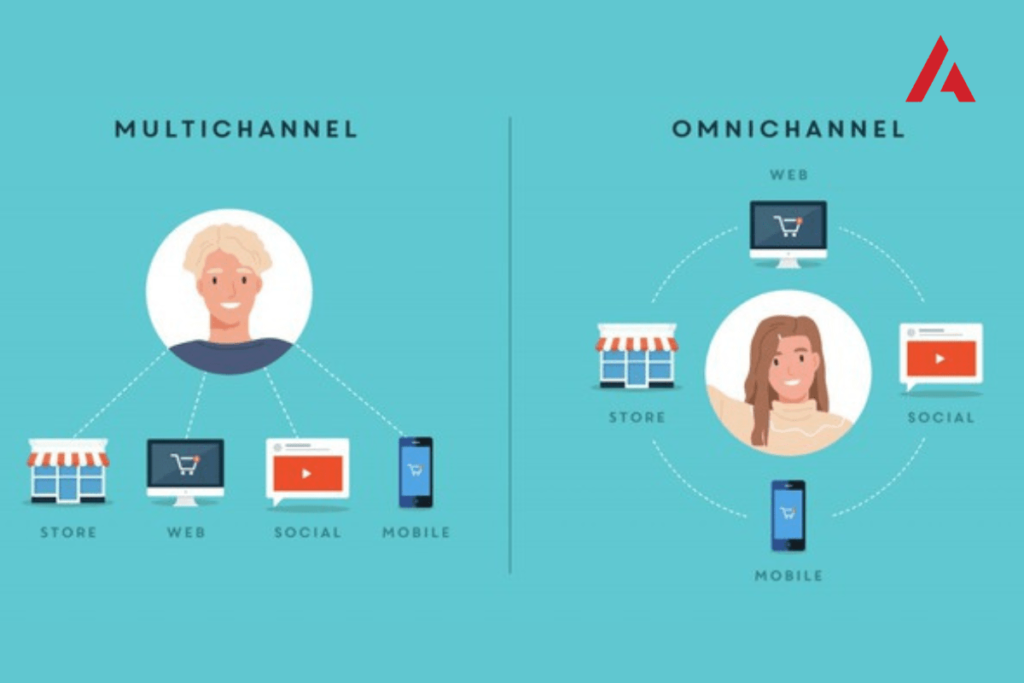
For instance, if a company wants to introduce a new product, multichannel marketing might involve promoting the product on social media, sending introductory emails to customers, and PR activities through blog posts.
Omnichannel Marketing builds integrated strategies across various touchpoints, both offline and online. With the goal of creating a seamless experience for customers, users can start interacting on one channel and continue seamlessly across others without any disruptions.
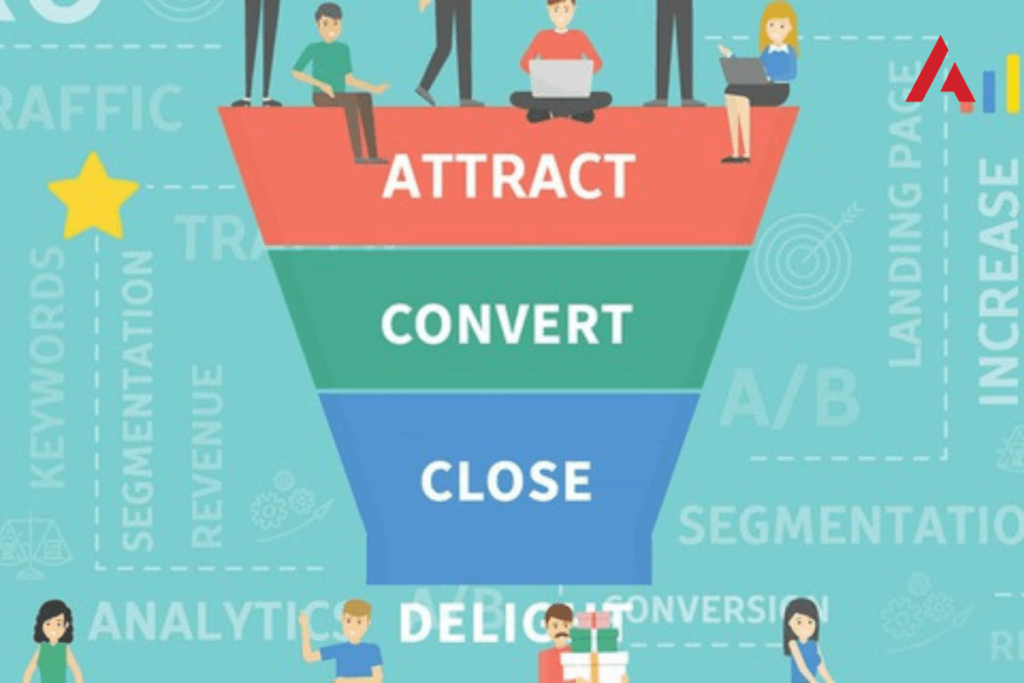
A prime example of Omnichannel can be found in Apple's strategy. The brand has built a comprehensive marketing system, with online business comprising a significant portion of sales. The success of Apple's online store has driven changes in how traditional stores approach customer engagement. Traditional stores now focus on providing various experiences such as repairs, warranties, and technical support, rather than just selling products. This has created a multi-dimensional approach where customers can purchase products online and experience support services at traditional stores.
Similarities: Both strategies aim to increase sales by reaching and interacting with customers to drive them towards purchasing and ensure business growth.
Differences:
| Multichannel Marketing | Omnichannel Marketing | |
| Goal | Product and service-centric, maximizing interaction opportunities with customers across multiple channels. | Customer-centric, providing a seamless experience for users. |
| Seamlessness | Fragmented, disjointed experience. | Seamless, consistent experience. |
| Messaging | Each channel may have different messages. | Consistent messaging. |
| Integration and System Synchronization Capability | No integration or synchronization capability, leading to time and cost-consuming implementation. | High integration and easy to manage. |
| Data Measurement, Analysis, and Evaluation | Measurement on individual sales channels, thus challenging data synthesis. | Based on customer touchpoints on the system such as customer behavior, user profiles... |
The combination of Multichannel Marketing and Omnichannel Marketing can indeed create a robust and effective marketing strategy. Multichannel Marketing can attract customers from various channels, and once attracted, Omnichannel Marketing can provide a seamless and unified experience. This combination not only facilitates one-time purchases but also motivates customers to stay longer, leading to becoming loyal brand advocates.
Let's delve into the specifics of Multichannel and Omnichannel Marketing:
Grammarly, known for its cloud-based text assistant, exemplifies successful Multichannel Marketing. With a user base of over 30 million, Grammarly maintains connections across various platforms such as YouTube, Facebook, Twitter, and Instagram.

In 2019, Grammarly launched the "Write the future" campaign, highlighting the text communication support provided by Grammarly products in daily life. This campaign utilized multiple advertising videos to nurture relationships between the brand and consumers, rather than solely focusing on sales. It received recognition as the Best Advertising Campaign of the Year in the Digiday Grammarly video series.
TopShop serves as a prime example of Multichannel Marketing in the fashion industry. The brand synchronized data from Twitter with advertising campaign data from retailers to create direct advertising boards for the London Fashion Week (LFW).
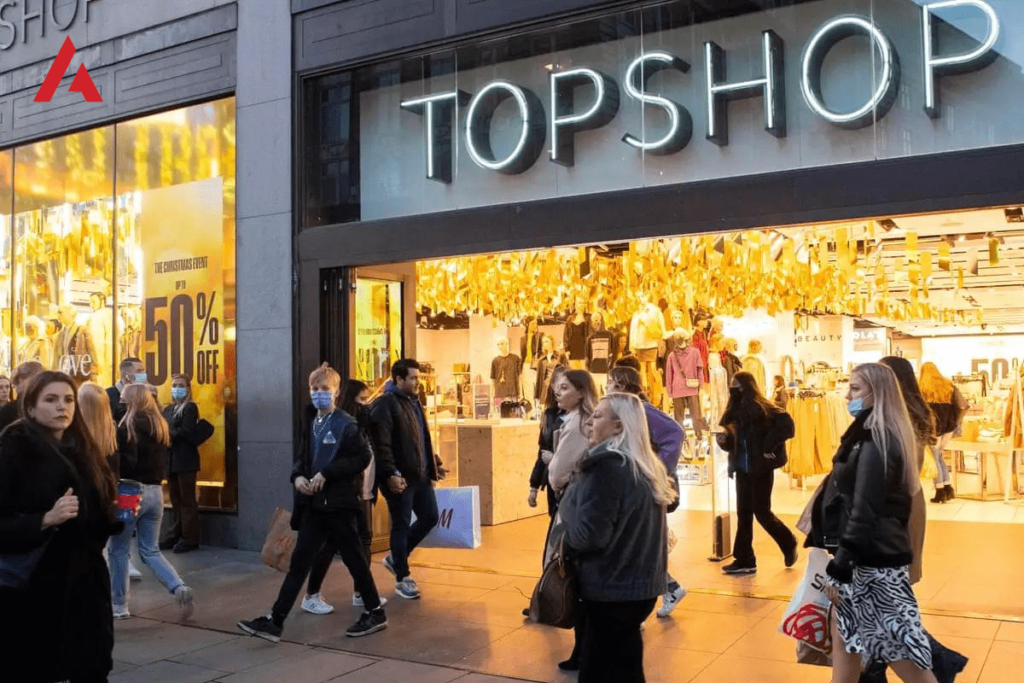
Notably, this technology utilized LFW-related hashtags on Twitter to scan tweets at the time and display relevant TopShop products on advertising boards. This integration of social media and outdoor advertising illustrates an engaging multichannel experience for customers.
Spotify has established a robust multi-platform music platform, including web applications, mobile devices, desktop computers, and even apps on smart devices like TVs and smart speakers.
With Spotify, users can seamlessly experience music across multiple platforms. For instance, starting a song on a mobile phone and continuing playback from the same point via the Spotify app on a desktop computer. This creates a seamless omnichannel experience, enabling users to engage with music without device limitations.
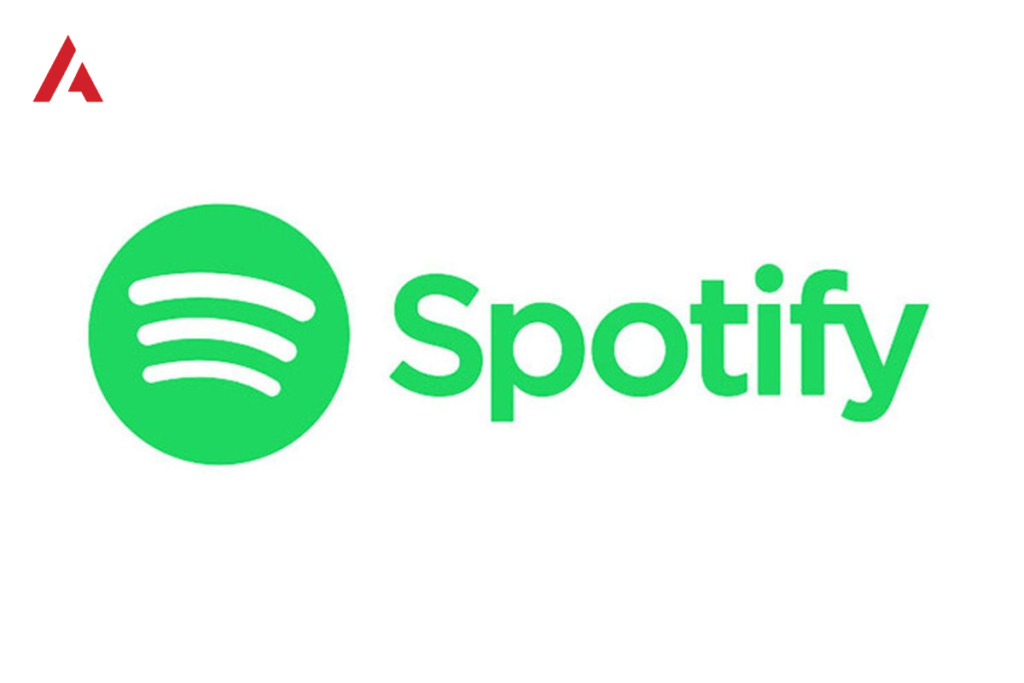
In addition to platform synchronization, Spotify combines music streaming services with social features, allowing users to share music, create shared playlists, and interact with friends through social media platforms. This enhances connectivity and interaction among users across social media platforms. As of September 2023, Spotify has surpassed 226 million premium subscribers, outpacing many competitors in the market, showcasing a successful omnichannel music ecosystem.
Disney has developed a comprehensive omnichannel ecosystem, enabling users to interact with the brand at various levels and providing a holistic experience. In addition to theatrical releases and television channels, Disney offers the Disney+ streaming service, allowing users to access content online across various devices. They provide websites and mobile apps for ticket booking and viewing schedules. Moreover, the brand regularly publishes content related to films, consumer products (toys, clothing, etc.) on social media platforms like Facebook, Instagram, and Twitter to engage with the fan community.
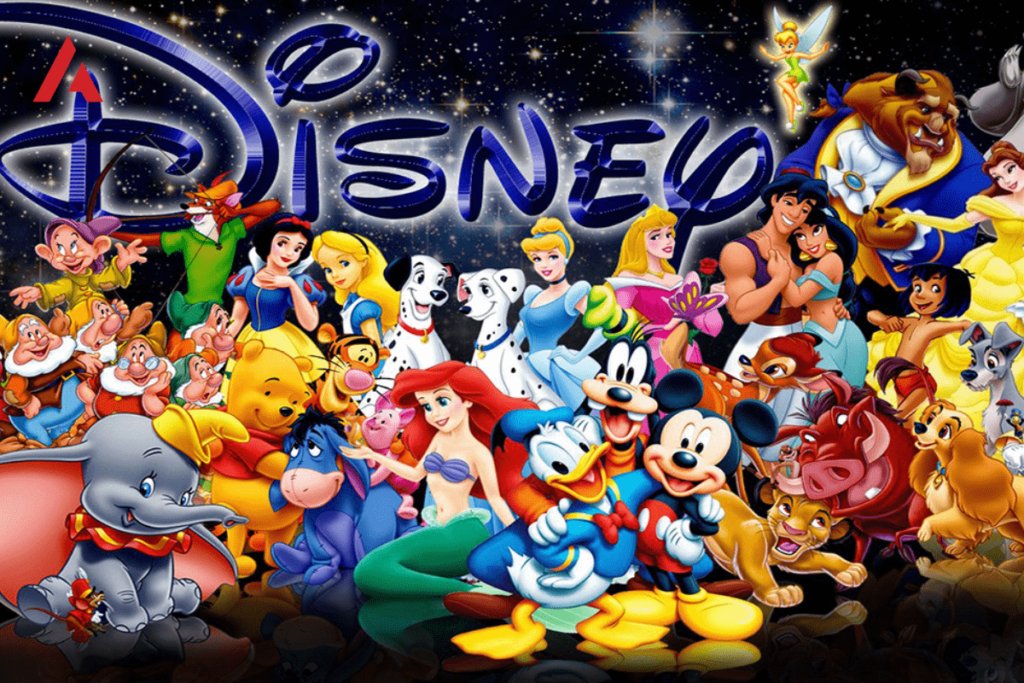
Many people perceive Omnichannel Marketing as similar to Multichannel marketing, using both terms interchangeably. But is this really accurate? Multichannel and Omnichannel Marketing: Which is the Right Choice for Your Brand?
If a brand seeks to optimize individual channel activities, Multichannel Marketing is the appropriate choice. Multichannel Marketing enhances brand recognition and expands customer data files. Utilizing multiple communication channels can create numerous touchpoints and comprehensive connections with customers.
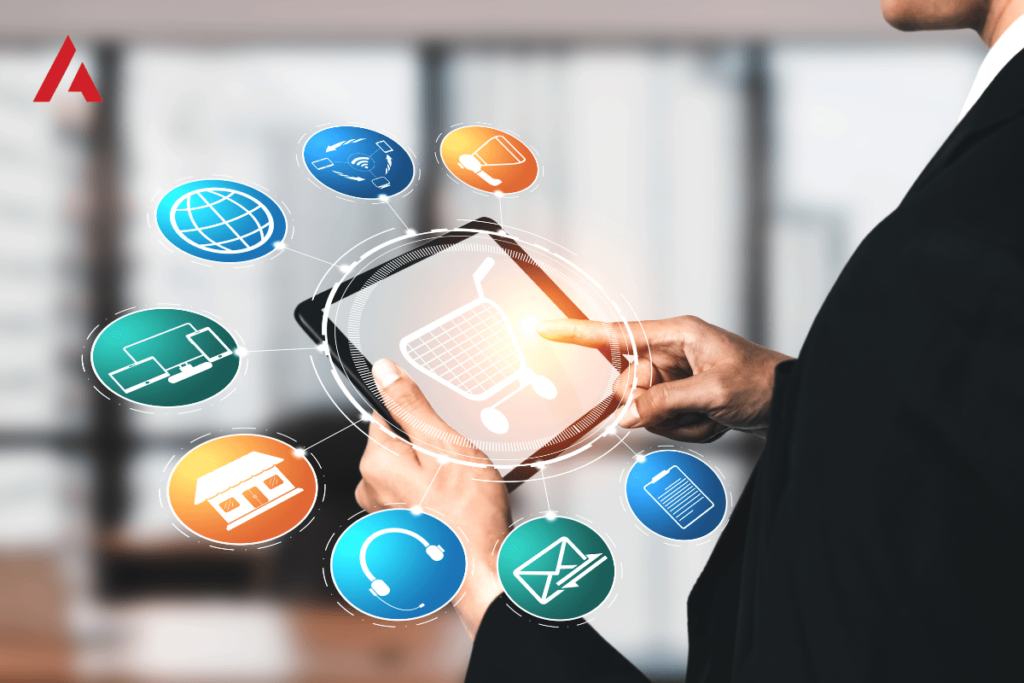
Conversely, if differentiation through a multichannel experience is desired, Omnichannel Marketing takes precedence. Omnichannel Marketing offers personalized experiences and helps the brand establish a consistent brand image. Instead of evenly investing in all channels, the brand relies on collected data to allocate budget investment into suitable communication channels. However, this strategy requires substantial financial resources.
Through this article, readers gain a more detailed understanding of Multichannel and Omnichannel Marketing. In today's digital age, both Multichannel Marketing and Omnichannel Marketing play crucial roles in reaching and interacting with customers. The key is for brands to adeptly leverage and integrate these two approaches, ensuring the brand's long-term survival and growth in the digital age.
Posted Dec 31, By Jinn
Ngày 30/12/2024, Namtech tự hào thông báo về việc chính thức trở thành thành viên mới của tổ ch�...
Posted Nov 27, By Admin
Nowadays, Internet of Things has become the popular trend and it is applied to a large extent in real life. There are mo...
Posted Jan 9, By Admin
If you are studying information technology at university to become a professional information technology personnel in th...
Posted Dec 28, By Admin
If you are a kind of person who loves technological information, make sure that you do not miss out this article. Google...